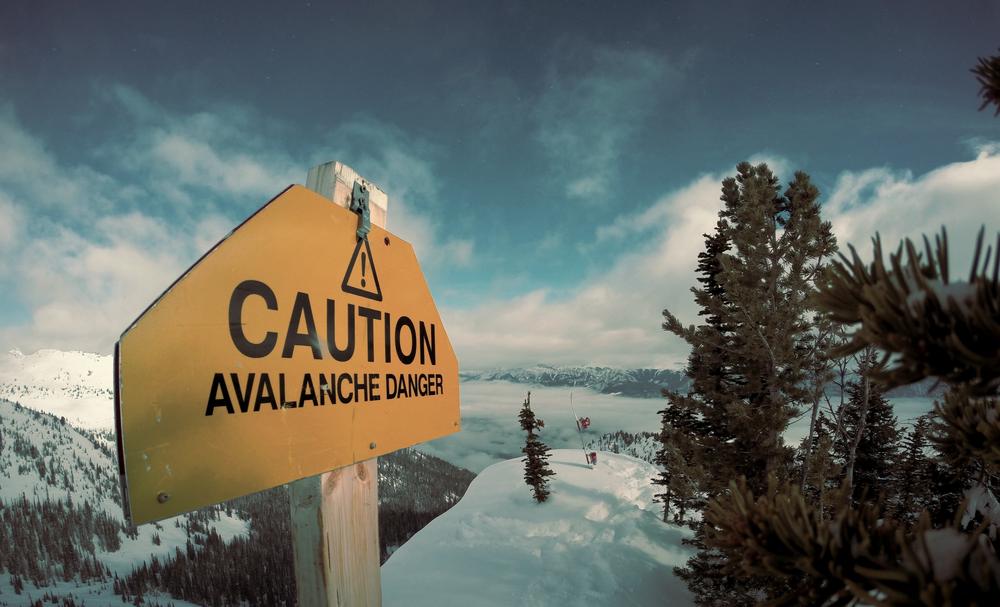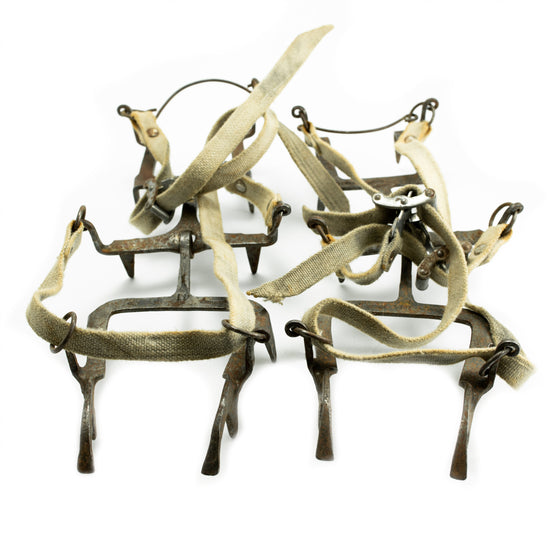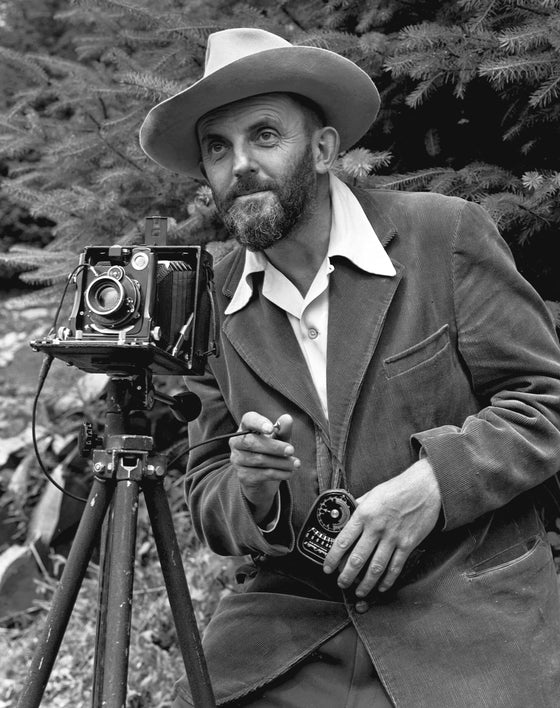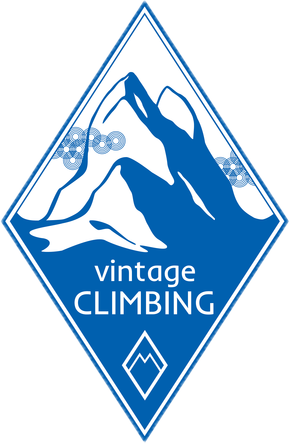November 23, 2017

From the beginning of mountaineering, skiing and other activities in the mountains, people faced the danger of this environment, with avalanches being one of the most frequent and tragic. Avalanches come as huge power, destroying everything on its way, however sometimes predictable and escapable.
Right away, mountaineers and skiers started inventing equipment which minimises avalanche danger – helps predicting avalanche, staying longer alive when buried in snow, being found and dug out faster.

The shovel was used for centuries; just it was the mountaineers who needed the lighter version of it. Therefore, there was a new climbing safety equipment invented before the well-known probes, RECCO® system, the first beacon (1968), the first airbag (1985), the first DIN Tech Binding (1994) and the Avalung (1998) became available.
One of the most basic avalanche safety equipment that was invented just after the snow shovel was avalanche cord (in german: Lawinenschnur), a kind of locating device, which helped rapidly locate and rescue the one buried by an avalanche. Although to name it as a “device” would be too overwhelming for such an equipment.
Avalanche cord is 20-25 meters long thin cord, rope (3-4 mm thick) or a ribbon. It is usually made of bright colour (red, orange or similar) cotton or nylon material, with direction arrows positioned at metre intervals and long loops at the ends. The cord is wound into a ball or a roll. The ski mountaineer or climber ties the loop with the 1 metre mark (arrow against himself) around his waist or to his harnesses. If there is a risk of avalanches, he throws the ball out and pulls the avalanche cord along the snow behind him. If he is buried by an avalanche, there is a relatively good chance that part of the avalanche cord will be visible on top of the avalanche slide, thanks to its length and bright colour. Rescuers can determine from the direction arrows, in which direction and how many metres they must dig and are then able to follow the cord to the victim.
The avalanche cord was part of the personal mountaineering equipment of the Austro-Hungarian Alpine companies in the First World War. They were prescribed around 1915 for the Austrian mountain troops in the war in the mountains.
Avalanche cord was commercially made by Edelrid in the 1970’ and 1980’ from red cotton cord with metal tabs showing the direction and distance to the body. In Eastern Europe, avalanche cords were usually homemade from bright ribbon or used to be a simple knitted plaits with distance and direction marks.

|
 |
There are different opinions about basic avelanche cord and its usage. Colin Fraser, who worked in a Swiss mountain rescue organisation and with the Swiss Federal Institute for Snow and Avalanche Research, Davos, and the author of the landmark book “The Avalanche Enigma” have said this 40 years ago: “If you are armed with the knowledge that you are heading unavoidably into avalanche danger your chances of staying alive are considerably improved, and they can be enhanced still further by taking a few simple measures. The most important of these is to wear an avalanche cord. This is nothing more than a red cord about 30 yards long and about 1/4 inch in diameter. You tie one end round your waist and leave the rest like a long tail. The principle is that part of the light cord will remain on the surface if you are buried by an avalanche. The rescuers find the cord, pull it out of the snow until it goes down vertically and then dig you out. It is cheap, simple and has saved hundreds of lives“.
On the contrary, Snow and Avalanche Glossary states that “While it may sound good in theory, and although one could argue that it is better than nothing, it has a poor track record and is rarely used anymore.” The ABCs of Avalanche Safety writes that “avalanche cords do work, but they are not infallible, as some tests using dummies in real avalanche have proven. The cords have the advantage on simplicity, low cost, and reliability. Their disadvantages are inconvenience in use and a tendency to get tangled up with other party members, other avalanche cords, or trees and bushes”.
However, besides all cons and pros, avalanche cord is a part of the history of safety equipment and one could be willing to have it in his collection, even if not using it in the mountains.
The functional principle of the avalanche cord continues to be used and developed, however, mostly in the avalanche ball and flash avalanche gear.

August 10, 2023
In the annals of climbing gear, metal crampons stand as a testament to ingenuity and perseverance. Born from the desire to conquer the unforgiving terrain, these ingenious contrivances have transformed the way adventurers tackle the world's most challenging summits. From their humble beginnings as rudimentary spikes to the intricate marvels that grace our modern expeditions, the journey of metal crampons is a saga of innovation and determination.
As we traverse the contours of climbing history, we encounter the pioneers who dared to push boundaries, crafting and refining these essential tools. The early metal crampons, with their straightforward design and basic functionality, paved the way for the complex, modular marvels that we rely on today. The evolution of metal crampons reflects not only the advancements in metallurgy and engineering but also the unyielding spirit of exploration that courses through the veins of every climber.

October 24, 2018 1 Comment
March 28, 2018
Sign up to get the latest on sales, new releases and more …
We have a strong passion for what we do and are looking for similar minds to cooperate with!
If YOU:
Please contact us at info@vintageclimbing.com!
